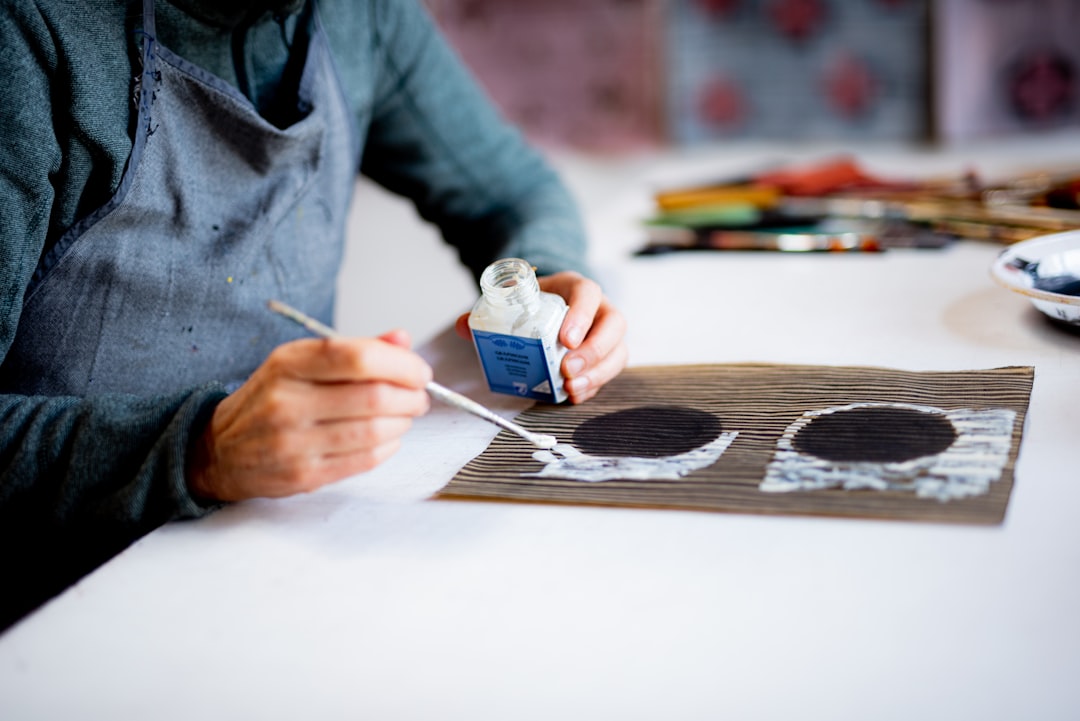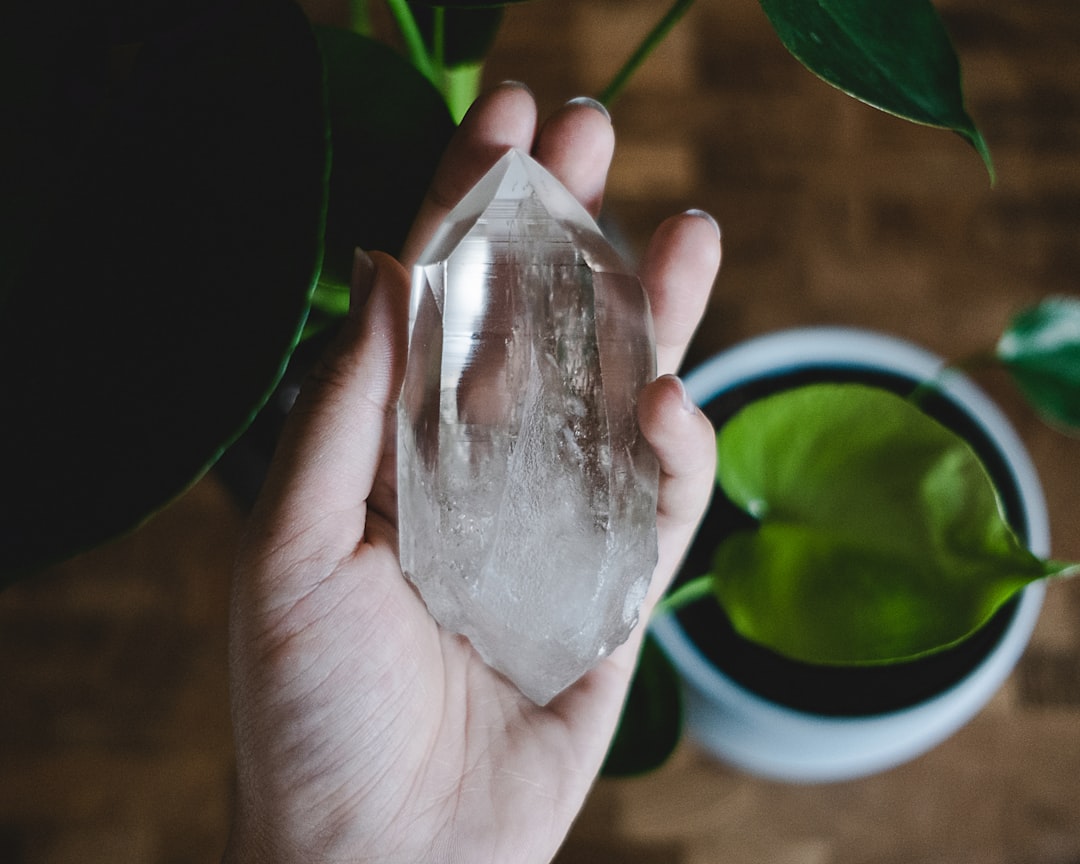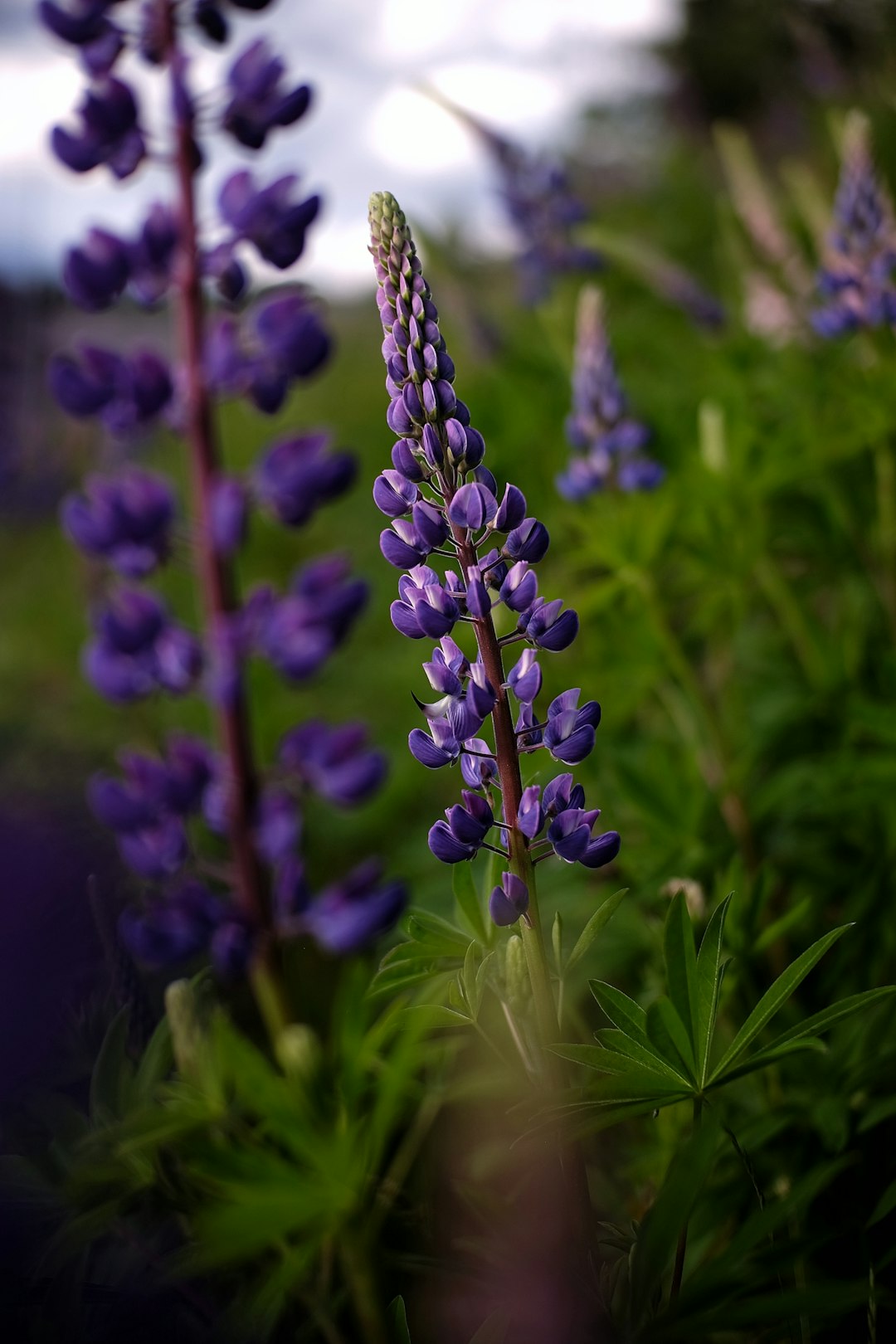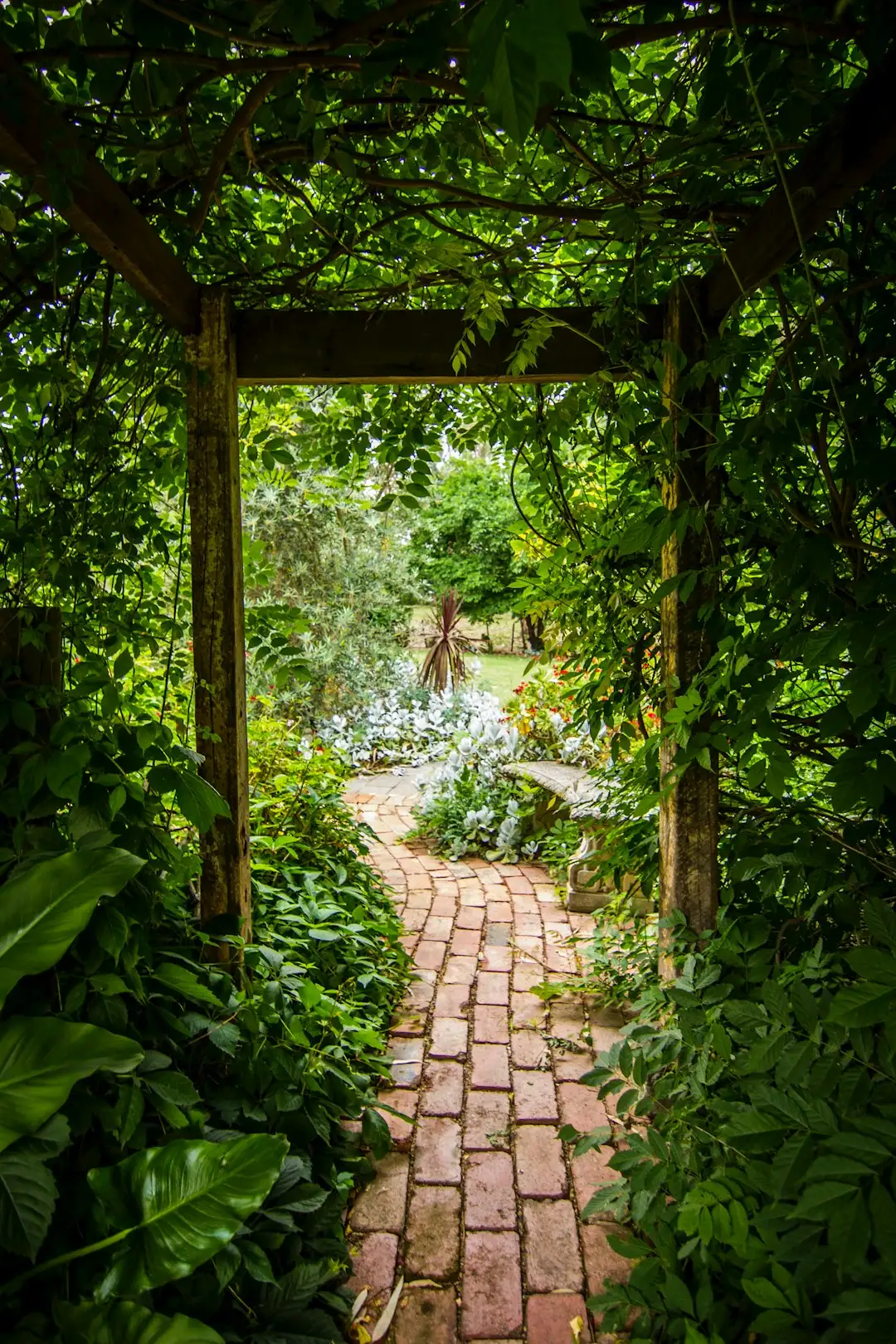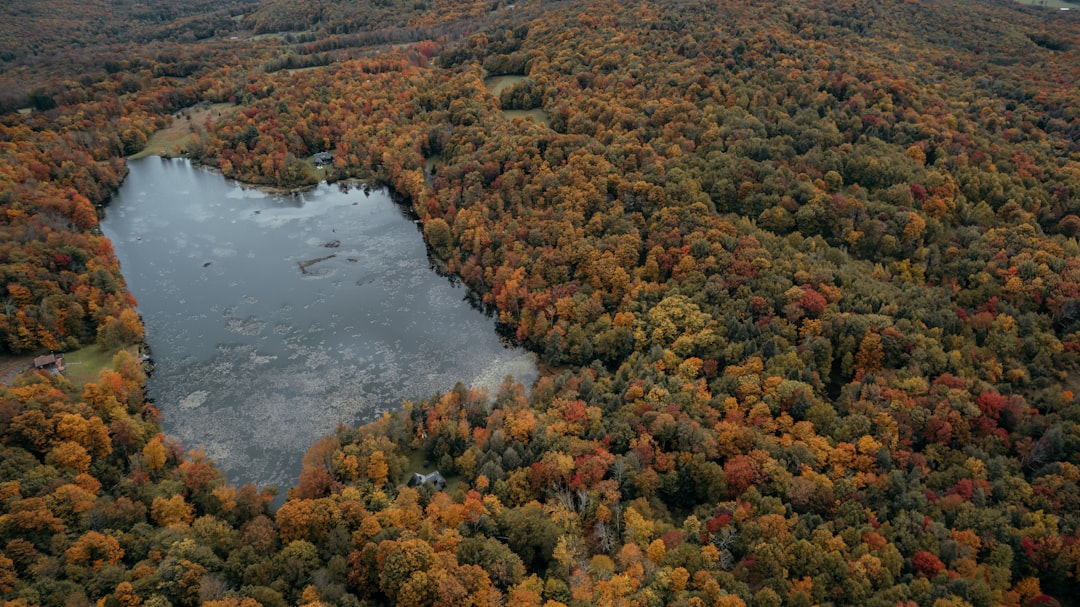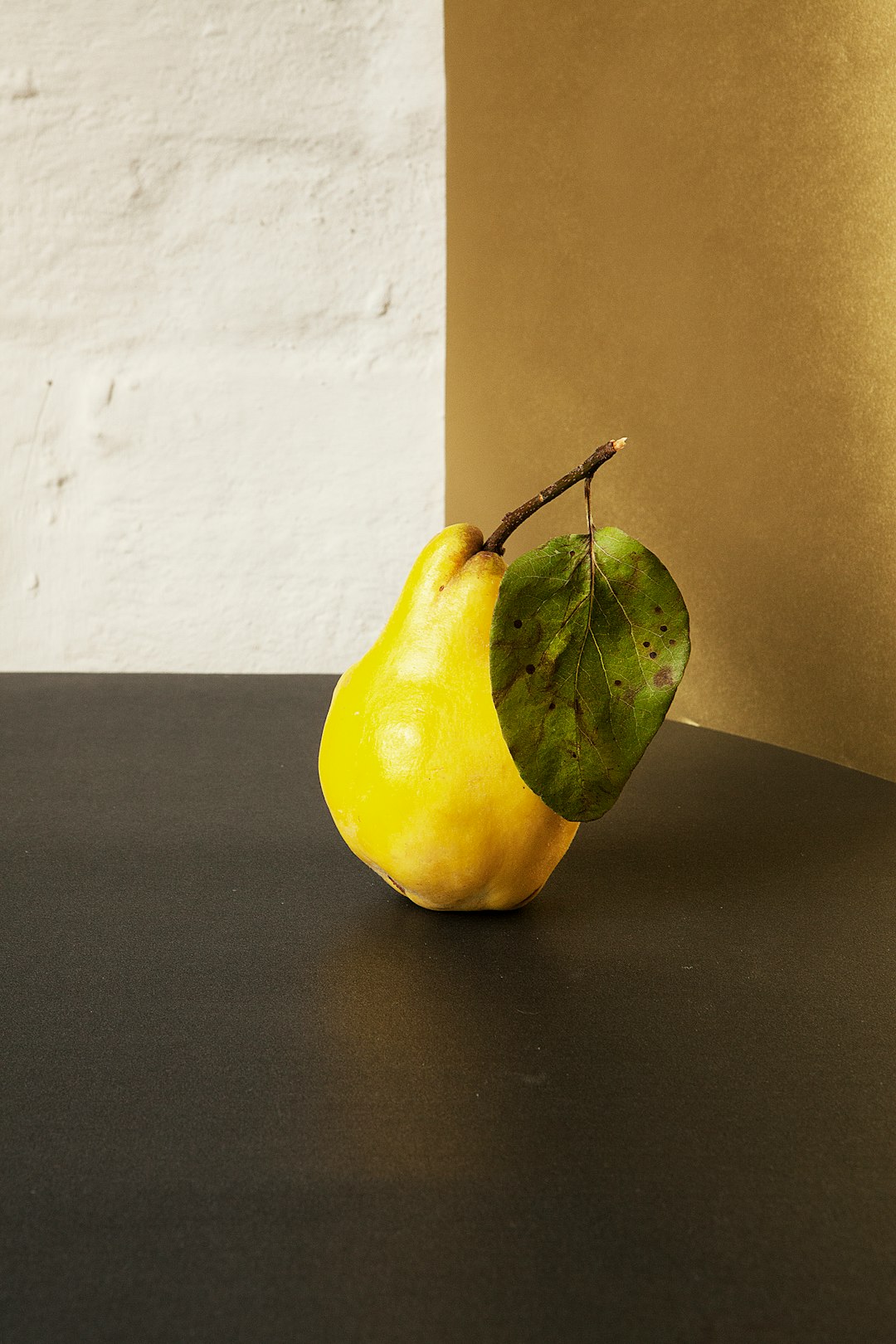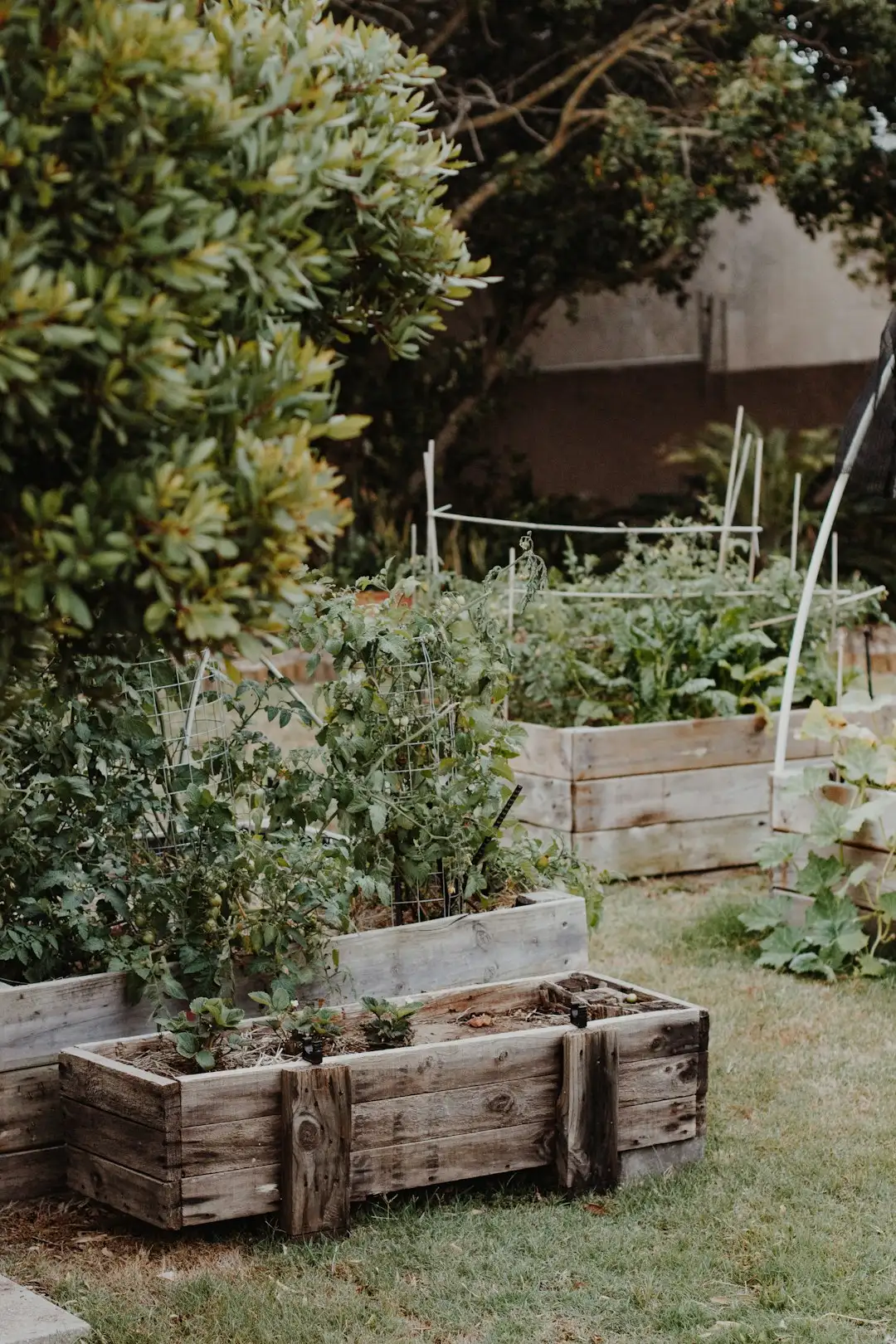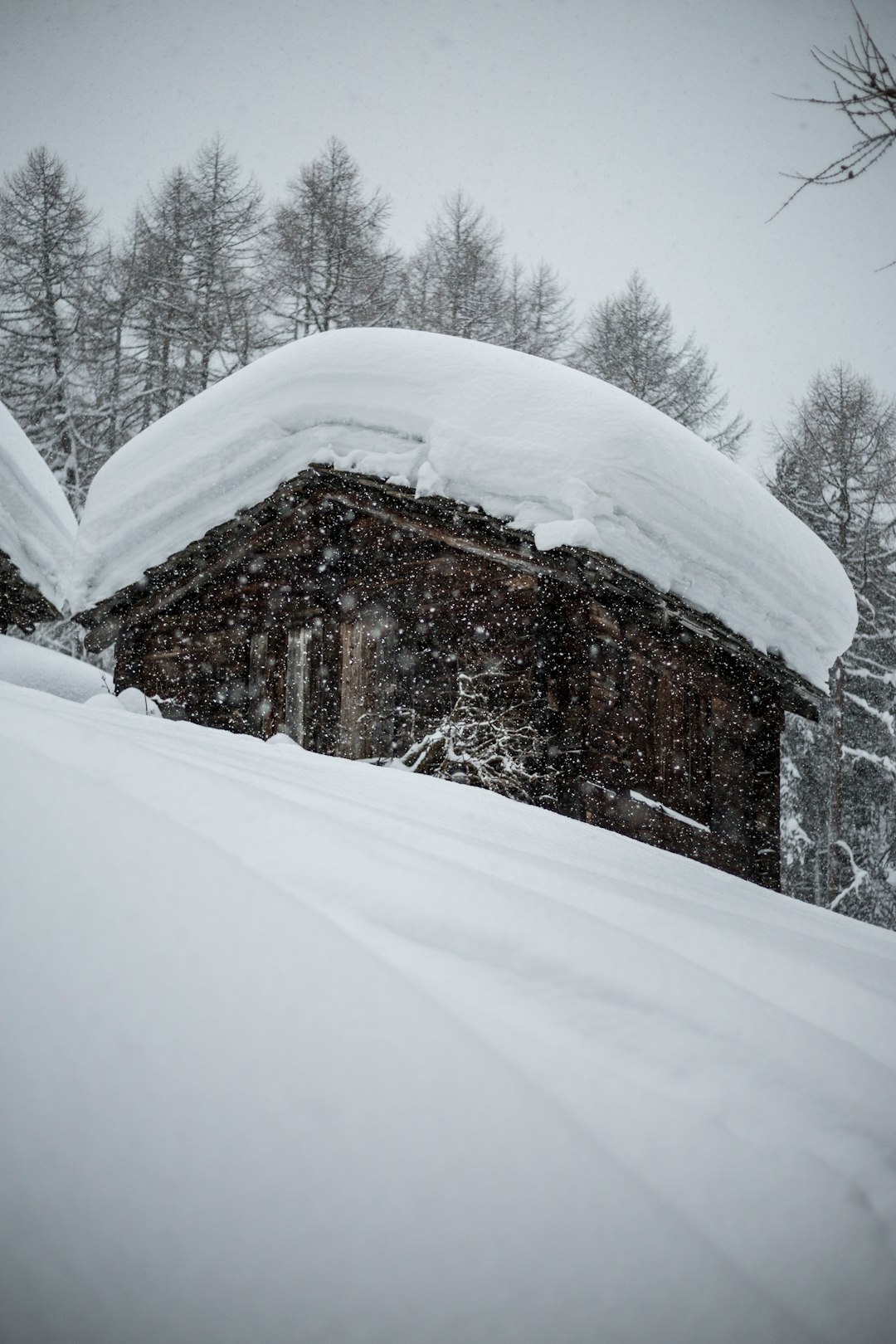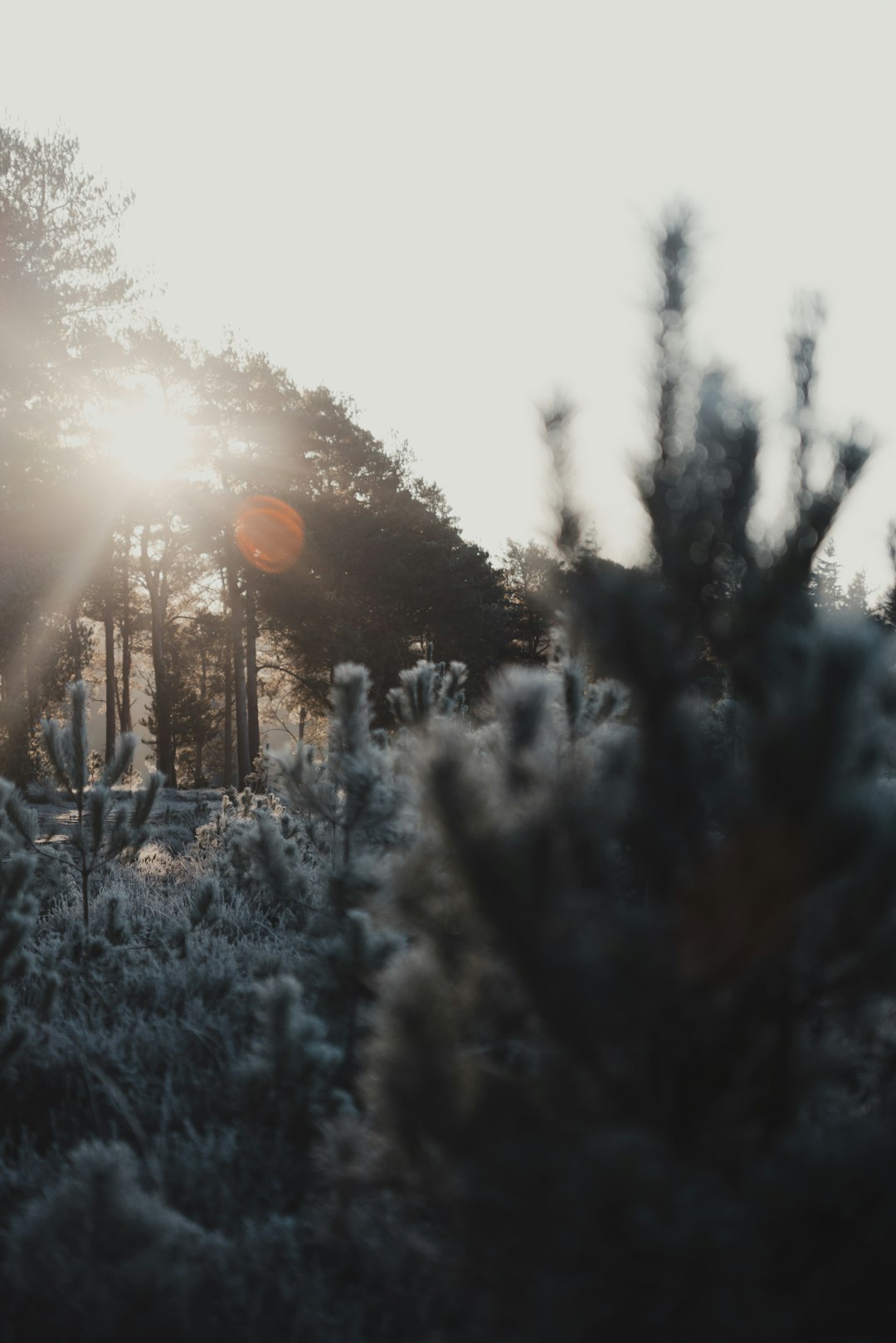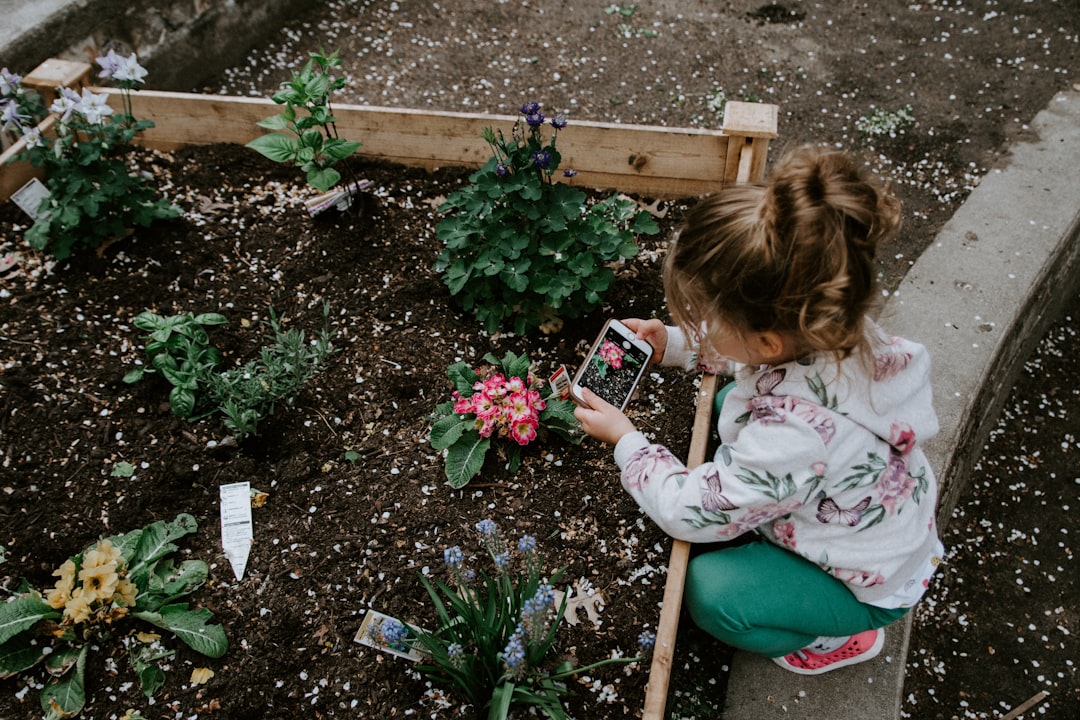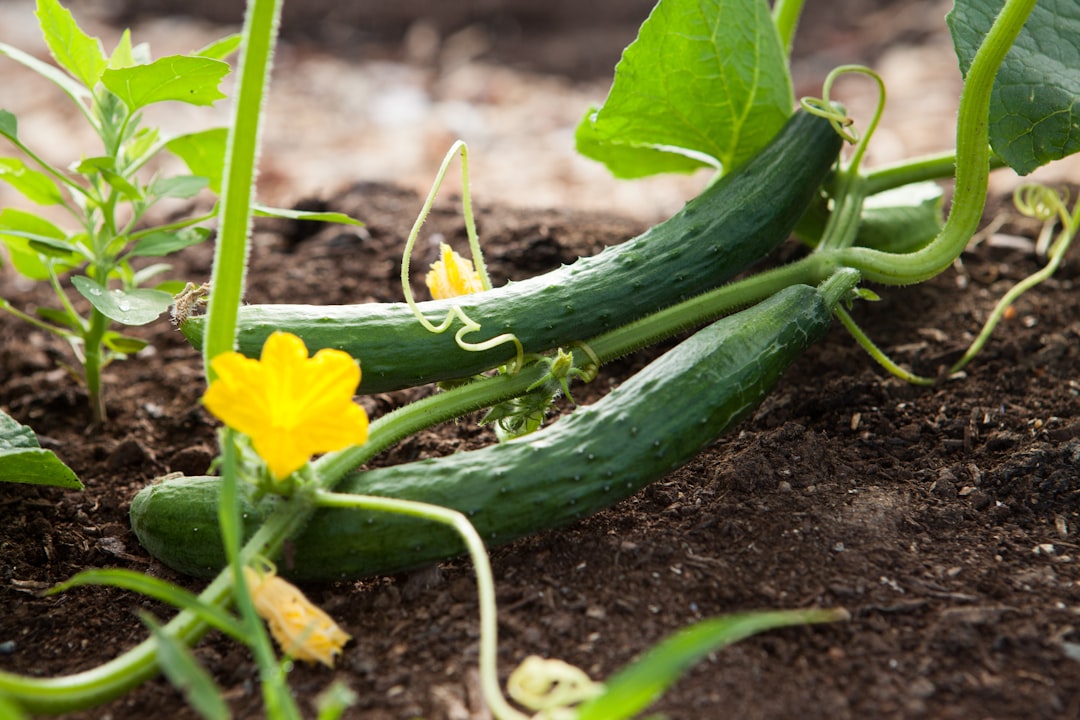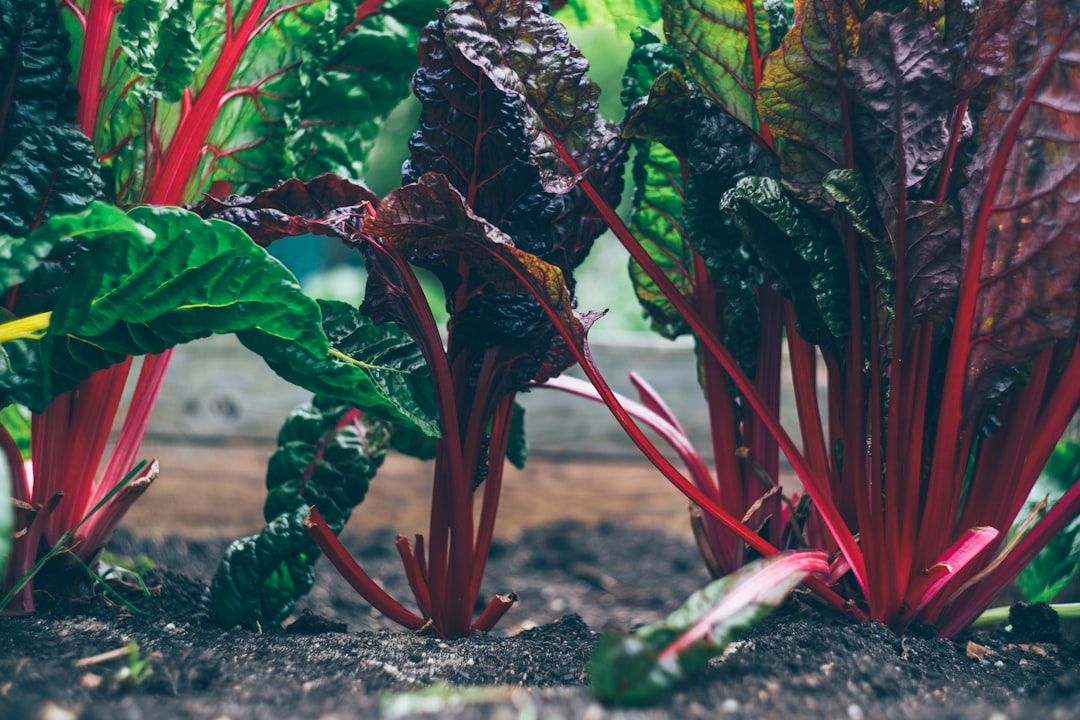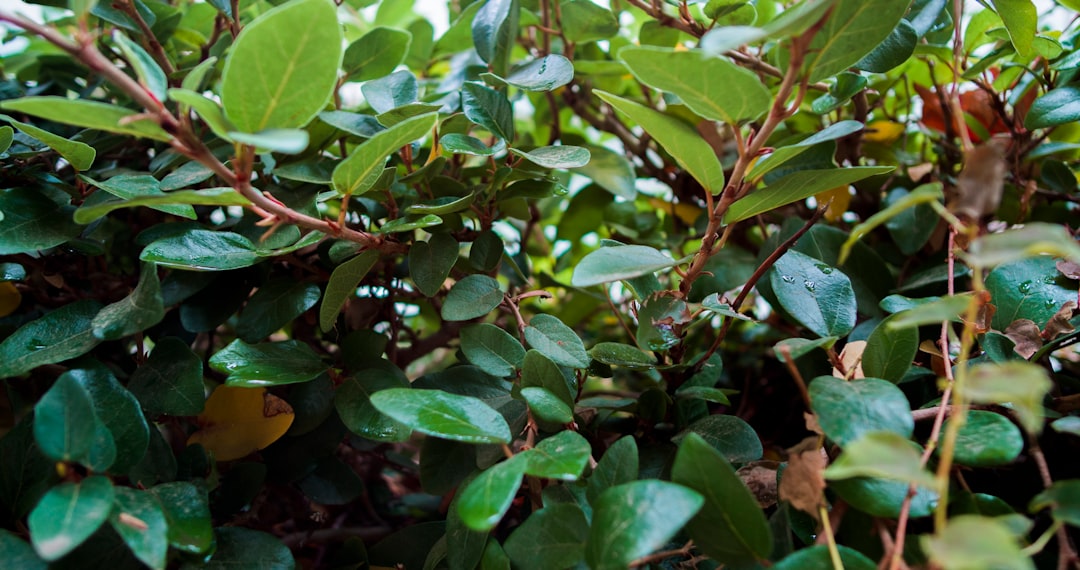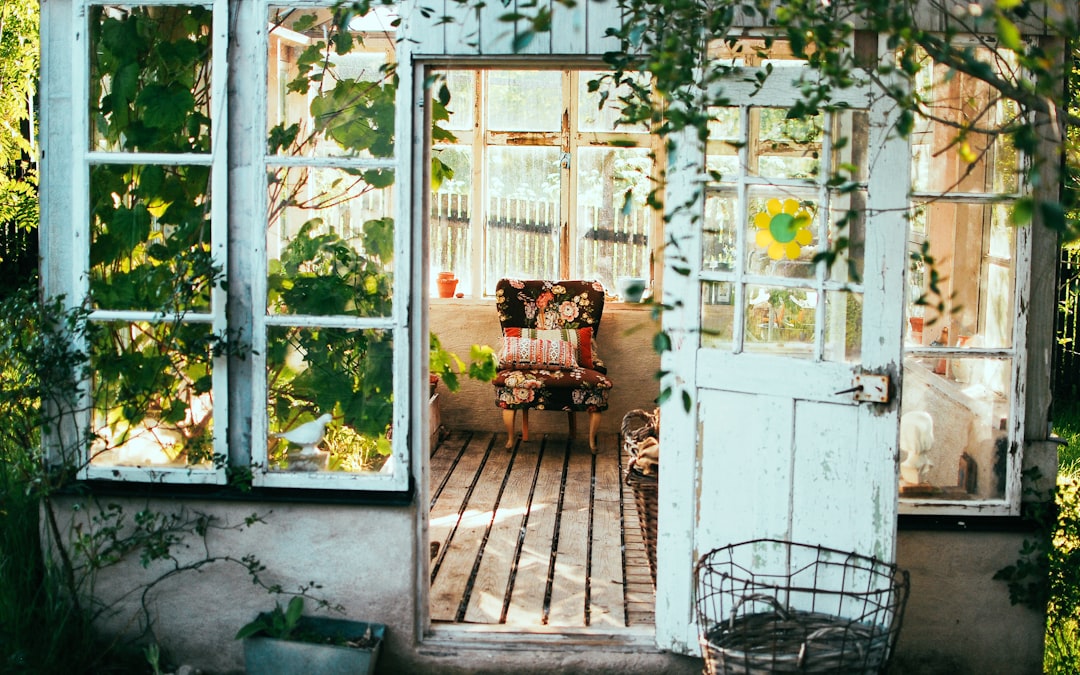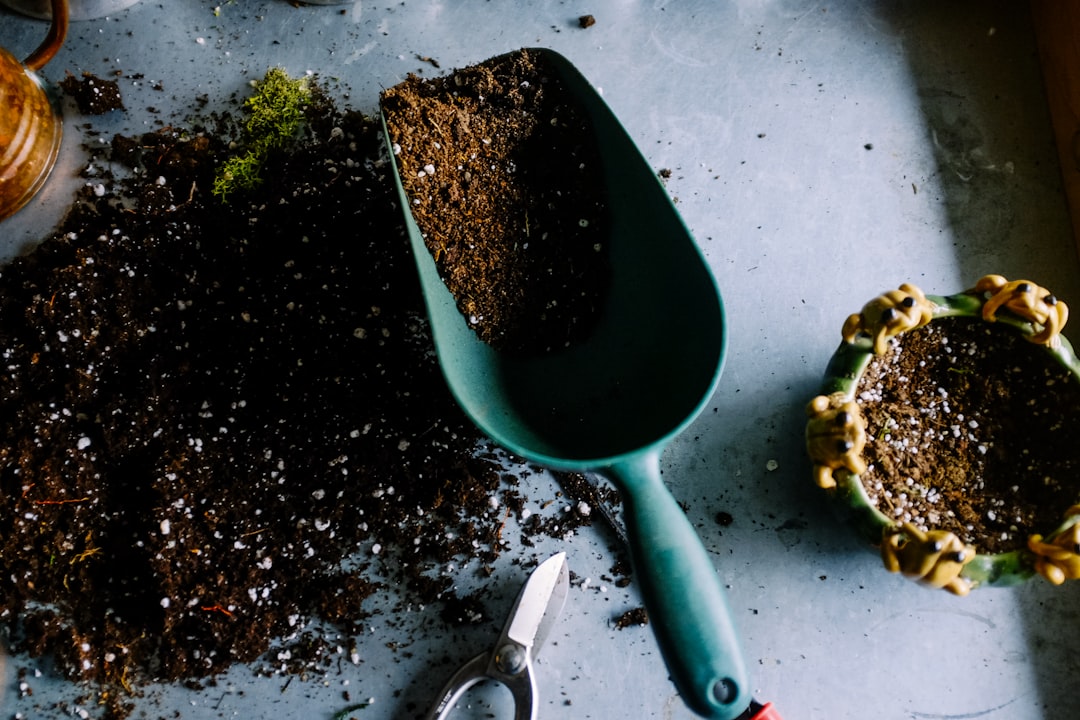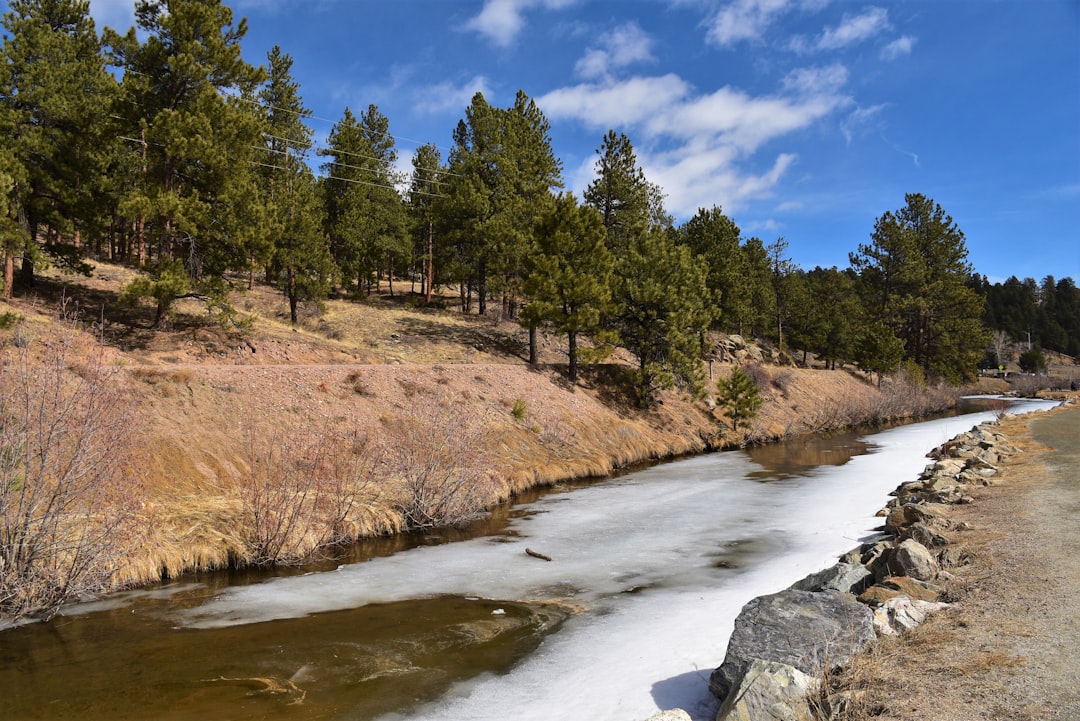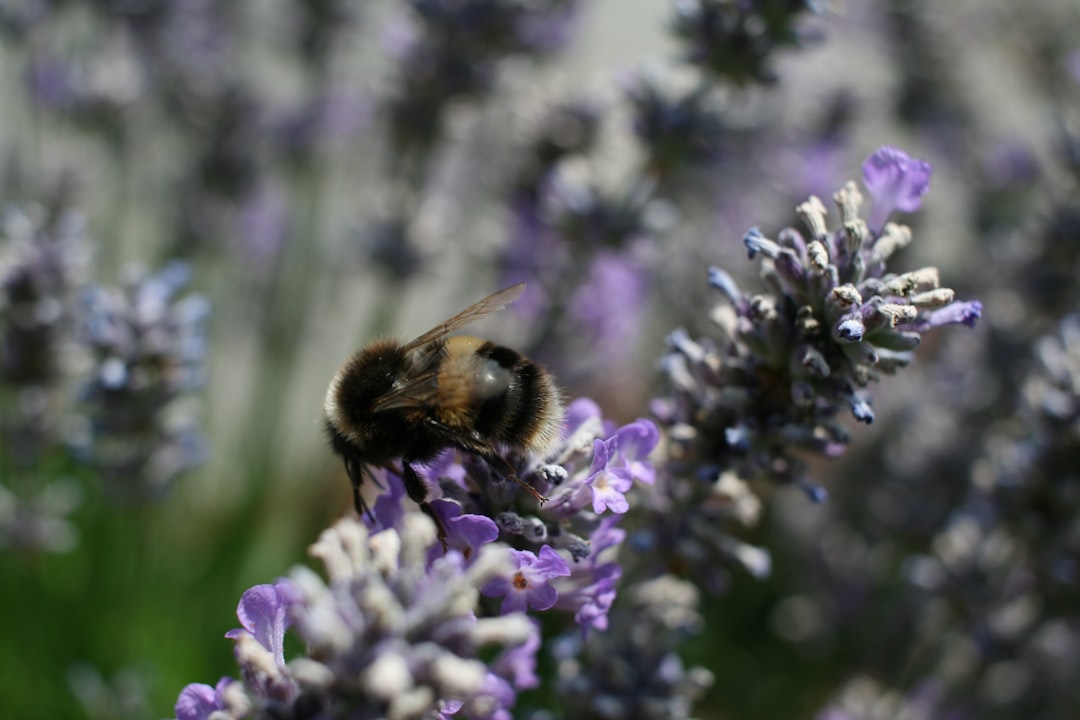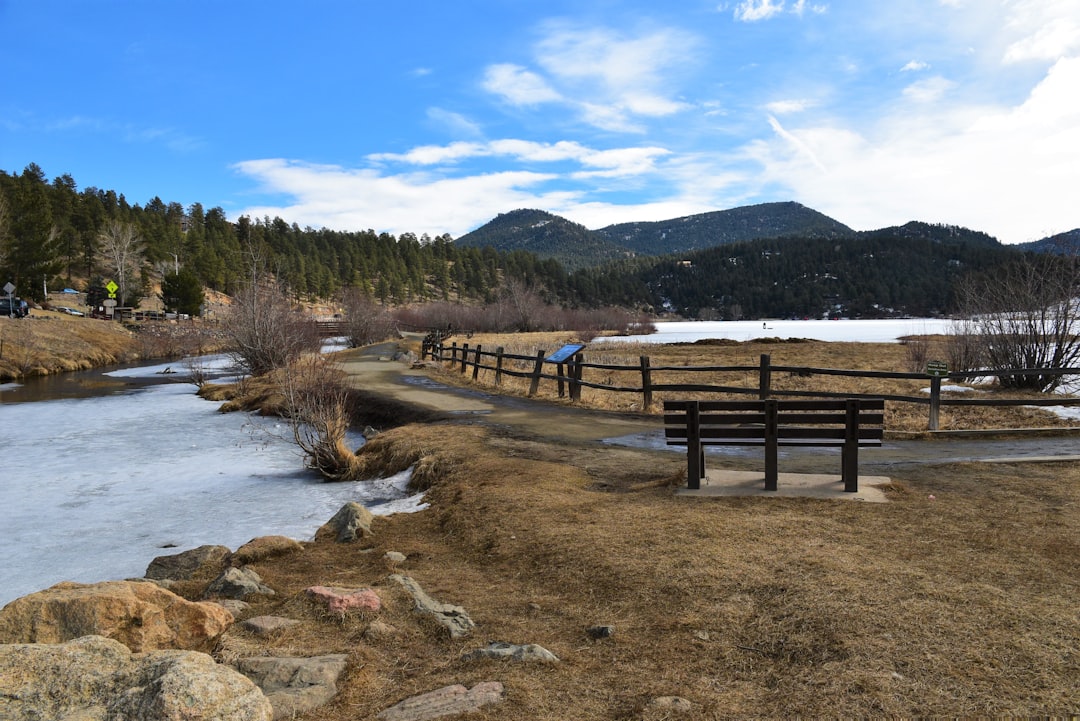
Embarking on the journey of creating your very own outdoor fern garden is an exciting venture that promises a lush, green oasis right in your backyard. Ferns, with their delicate fronds and timeless beauty, can transform any outdoor space into a serene and enchanting retreat. In this comprehensive guide, we will delve into the essential aspects of caring for ferns outside, from understanding their light requirements to mastering the art of watering and soil selection.
### Light Requirements
Ferns are known for their preference for shady or partially shaded areas. While some varieties can tolerate more sunlight, most thrive in dappled light or areas with filtered sunlight. Direct sunlight can scorch the delicate fronds of ferns, causing them to turn brown and wilt. Therefore, it is crucial to choose a location in your garden that receives indirect light for the majority of the day. Under the canopy of trees, on the north side of a building, or in a shaded corner of your yard are all excellent spots for your fern garden. If you have limited shady areas, you can also create artificial shade using pergolas, umbrellas, or shade cloth.
### Watering
Proper watering is essential for the health and vitality of your outdoor ferns. Ferns prefer consistently moist soil, but they do not like to sit in waterlogged conditions. Overwatering can lead to root rot, while underwatering can cause the fronds to dry out and become brittle. To determine when to water your ferns, check the soil moisture regularly. Stick your finger about an inch into the soil; if it feels dry, it's time to water. Water deeply and thoroughly, ensuring that the water reaches the roots. During hot, dry weather, you may need to water your ferns more frequently. However, be careful not to overdo it, as ferns are sensitive to waterlogged soil. Mulching around the base of your ferns can help retain moisture and reduce the frequency of watering.
### Soil Considerations
Ferns thrive in well-draining, fertile soil that is rich in organic matter. A soil mix that contains a combination of peat moss, compost, and perlite or vermiculite is ideal for ferns. This type of soil provides good drainage while retaining moisture and nutrients. Before planting your ferns, prepare the soil by loosening it with a garden fork or tiller and adding organic matter. You can also add a slow-release fertilizer to the soil to provide your ferns with the nutrients they need to grow and thrive. When planting your ferns, make sure to dig a hole that is slightly larger than the root ball and gently place the fern in the hole. Backfill the hole with soil and gently firm it around the base of the fern. Water the fern thoroughly after planting to help settle the soil.
### Choosing the Right Ferns
There are many different varieties of ferns to choose from, each with its own unique characteristics and requirements. When selecting ferns for your outdoor garden, consider the size, shape, and color of the fronds, as well as the growing conditions in your area. Some popular varieties of outdoor ferns include the Boston fern, the maidenhair fern, the Japanese painted fern, and the ostrich fern. The Boston fern is a classic choice, known for its long, arching fronds and easy care. The maidenhair fern has delicate, fan-shaped fronds and prefers moist, shady conditions. The Japanese painted fern has beautiful silver and purple fronds and adds a touch of color to your garden. The ostrich fern is a large, dramatic fern that can grow up to six feet tall and is perfect for creating a focal point in your garden.
### Maintenance
Maintaining your outdoor fern garden is relatively easy, but it does require some regular care. In addition to watering and fertilizing your ferns, you will also need to prune them regularly to remove any dead or damaged fronds. Pruning helps to keep your ferns looking neat and tidy and promotes new growth. You can use a pair of sharp pruning shears to cut off the fronds at the base. It is also a good idea to divide your ferns every few years to prevent overcrowding and promote healthy growth. To divide your ferns, carefully dig up the plant and separate the root ball into smaller sections. Replant the sections in new locations in your garden or share them with friends and family.
### Conclusion
Creating and caring for an outdoor fern garden is a rewarding experience that allows you to enjoy the beauty and tranquility of nature right in your own backyard. By following the tips and guidelines outlined in this guide, you can create a lush, green oasis that will provide you with years of enjoyment. So, roll up your sleeves, grab your gardening tools, and get started on creating your very own outdoor fern garden today!
New






